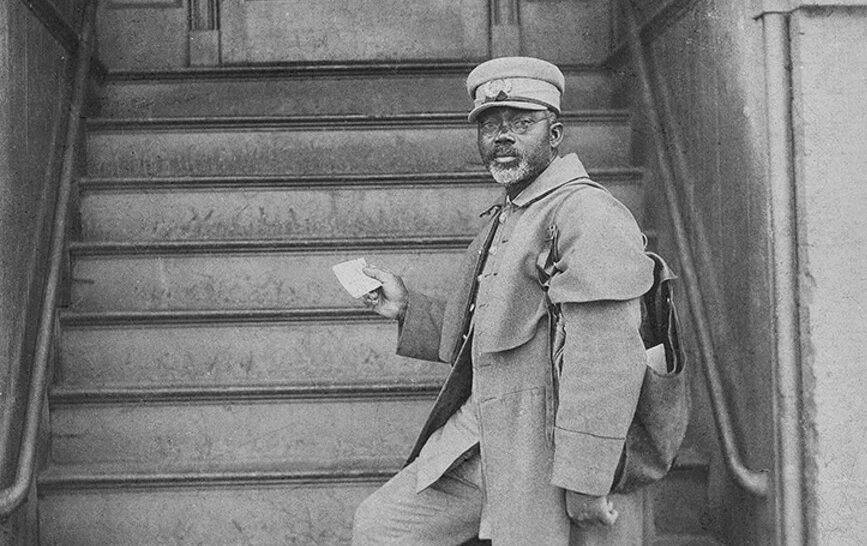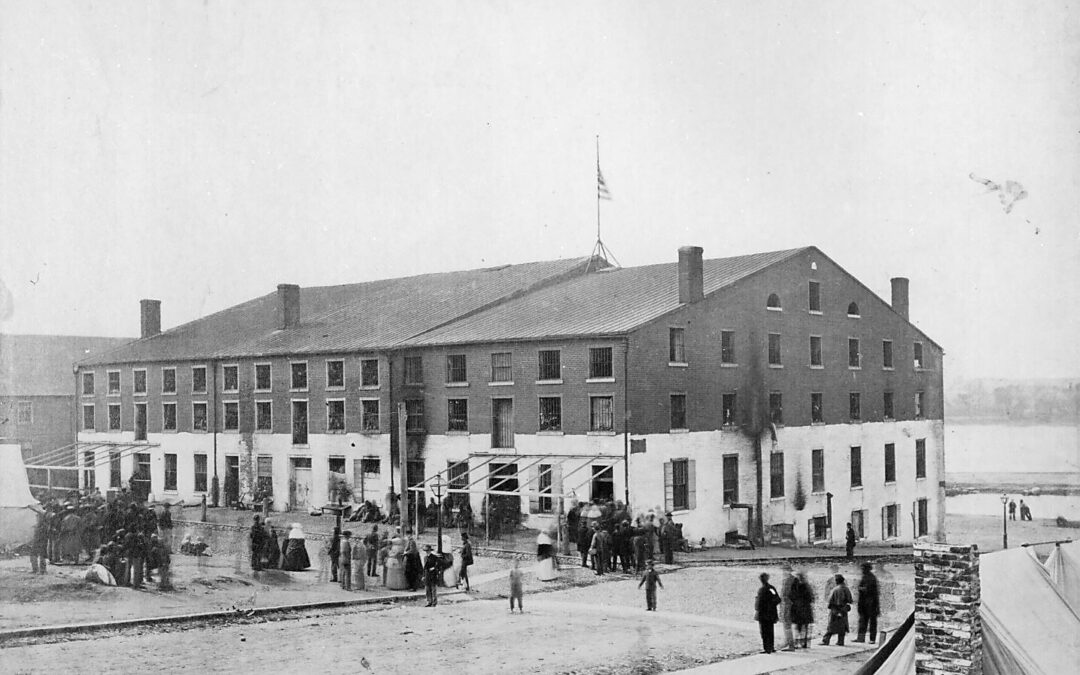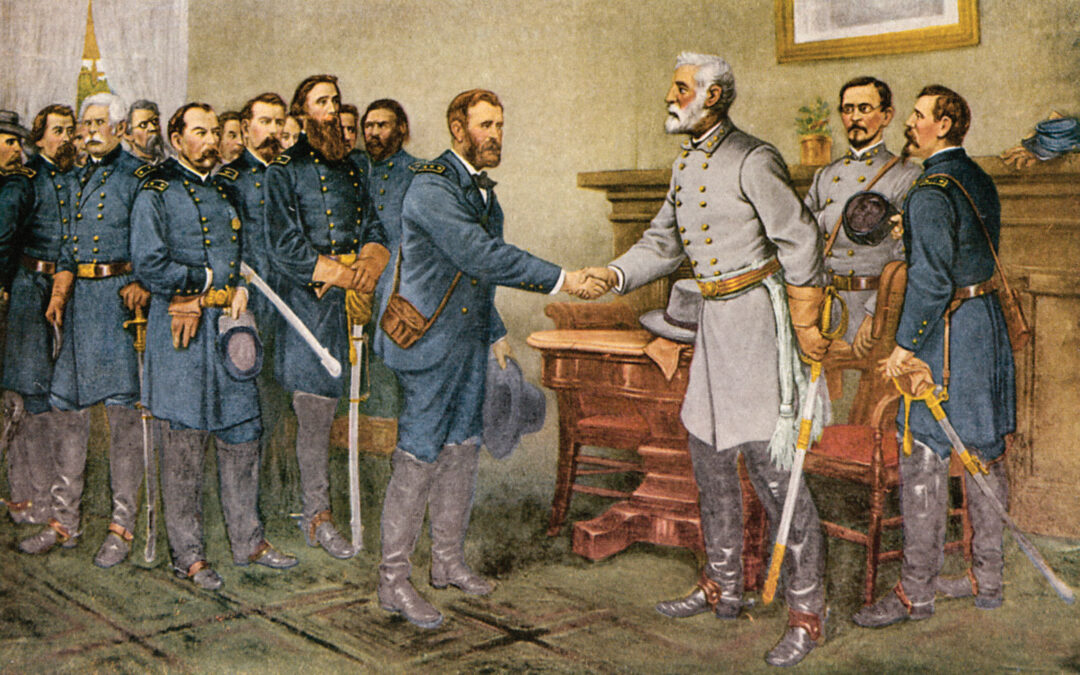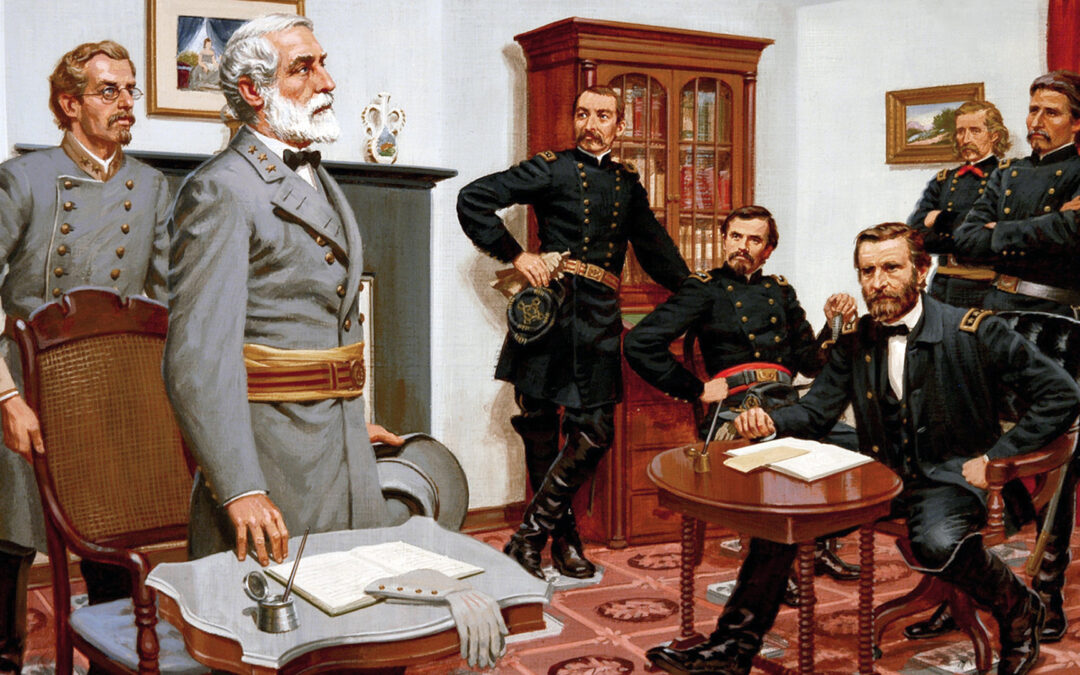Espionage was big business during the American Civil War. Both sides had thousands of spies including hundreds of women. Many of the spy rings were located in each of the capital cities, Washington D. C. and Richmond, sending valuable information back to their respective governments, and each side had a number of independent spies working for them. Some of these independent spies were under contract, but others did their dangerous work out of love for their country. To be sure, it was a very dangerous business and inevitable, some were caught and often the penalty was hanging. Others were placed in prison or released. Of all these thousands of spies, there was one who many Civil War historians considered the most productive espionage agents of the entire war. Her name was Mary Bowser, a freed black slave working in the home of Confederate President Jefferson Davis. Mary Bowser Was a Free Woman Mary Elizabeth Bowser was born in Richmond, Virginia, as a slave to John Van Lew, a wealthy...





